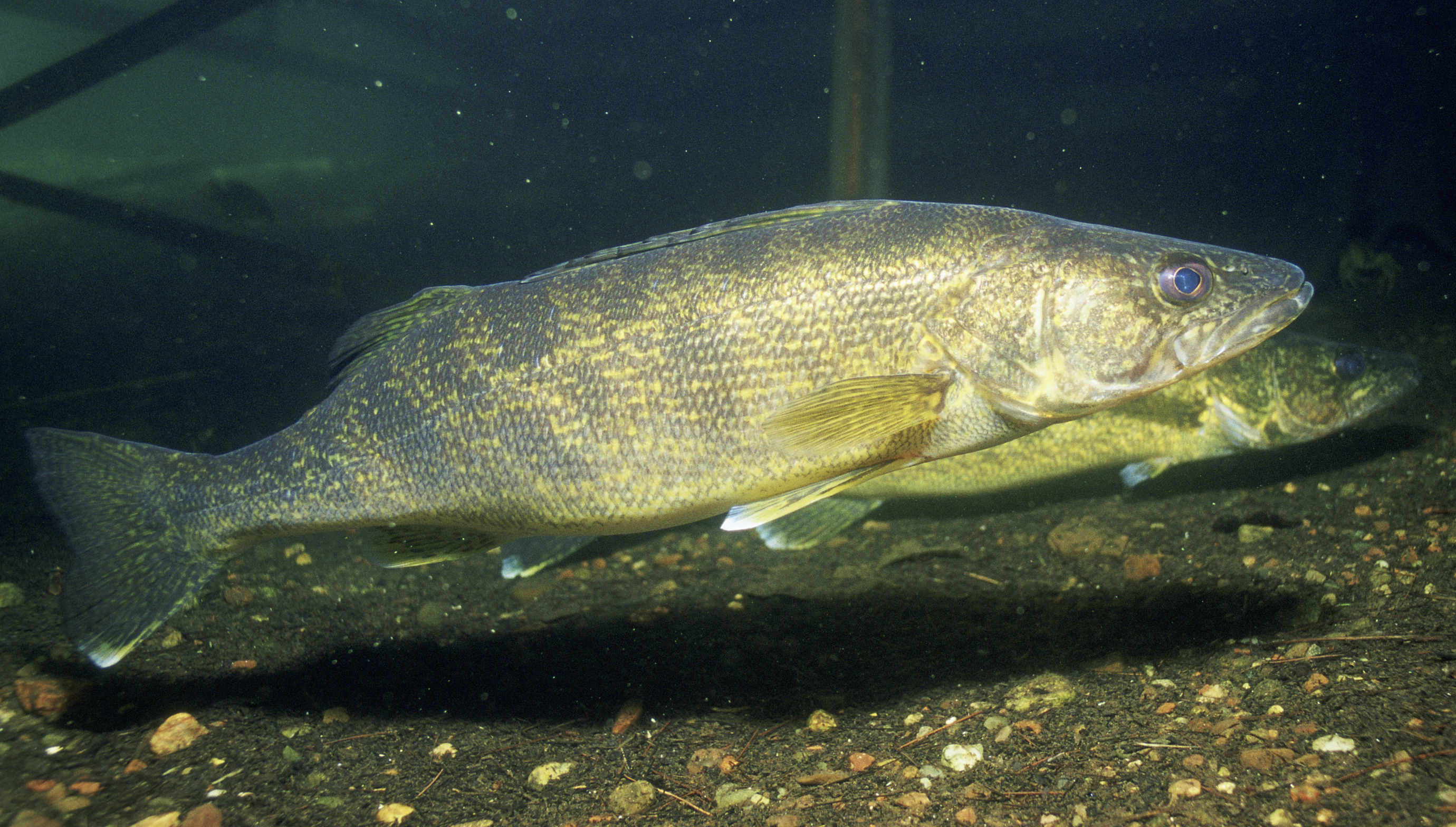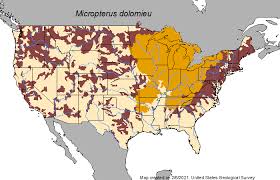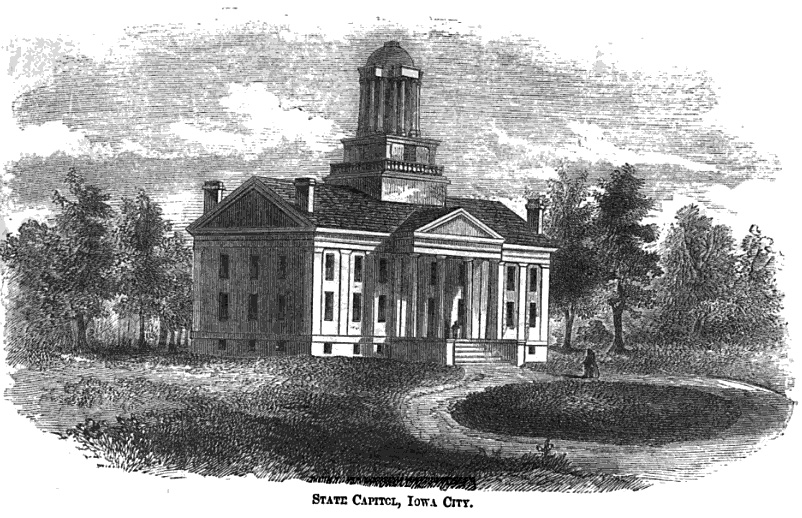|
Iowa River
The Iowa River is a tributary of the Mississippi River in the state of Iowa in the United States. It is about longU.S. Geological Survey. National Hydrography Dataset high-resolution flowline dataThe National Map , accessed May 13, 2011 and is open to small river craft to Iowa City, about from its mouth. Its major tributary is the Cedar River. Course It rises in two branches, the West Branch and East Branch, both of which have their headwaters in Hancock County, each about long and which join in Belmond. The Iowa then proceeds roughly in a southeast direction, passing through the city of Iowa Falls, through a scenic valley to Steamboat Rock, then through the cities of Eldora, Marshalltown, Tama, and Marengo, and through the Amana Colonies in Iowa County. In Johnson County, it becomes impounded by the Coralville Dam in the Coralville Reservoir, which turns southward to the spillway. The river runs generally south and passes through Iowa City and the University of ... [...More Info...] [...Related Items...] OR: [Wikipedia] [Google] [Baidu] |
Marshalltown, Iowa
Marshalltown is a city in Marshall County, Iowa, and is the county seat of the county. With a population of 27,591 at the 2020 United States census, 2020 census, it is the 16th largest city in the state. Marshalltown is home to the Iowa Veterans Home and Marshalltown Community College. History Henry Anson was the first European settler in what is now called Marshalltown. In April 1851, Anson found what he described as “the prettiest place in Iowa.” On a high point between the Iowa River and Linn Creek, Anson built a log cabin. A plaque at 112 West Main Street marks the site of the cabin. In 1853 Anson named the town Marshall, after Marshall, Michigan, a former residence of his. The town became Marshalltown in 1862 because another Marshall already existed in Henry County, Iowa, Henry County (In 1880, Marshall's name changed to Wayland, Iowa, Wayland). With the help of Potawatomi chief Johnny Green, Anson persuaded early settlers to stay in the area. In the mid-1850s, Anson ... [...More Info...] [...Related Items...] OR: [Wikipedia] [Google] [Baidu] |
Tama, Iowa
Tama is a city in Tama County, Iowa, United States. The population was 3,130 at the time of the 2020 census. Tama is situated two miles south of Toledo, the county seat. The two towns are close enough to have nearly grown together over the years. History Tama got its start in the year 1862, following construction of the Cedar Rapids and Missouri River Railroad through the territory. Tama is located a few miles from the Meskwaki Settlement, Iowa's only significant Native American community. Tama was located on the historic Lincoln Highway and is home to an original Lincoln Highway bridge, listed on the National Register of Historic Places. Tama is named for Taimah, the 19th century Meskwaki leader. Geography According to the United States Census Bureau, the city has a total area of , of which is land and is water. Demographics 2020 census As of the census of 2020, there were 3,130 people, 1,118 households, and 716 families residing in the city. The population densi ... [...More Info...] [...Related Items...] OR: [Wikipedia] [Google] [Baidu] |
Northern Pike
The northern pike (''Esox lucius'') is a species of carnivorous fish of the genus ''Esox'' (pikes). They are commonly found in brackish water, moderately salty and fresh waters of the Northern Hemisphere (''i.e.'' holarctic in distribution). They are known simply as a pike (Plural, : pike) in Great Britain, Ireland, most of Eastern Europe, Canada and the United States, U.S., although in the Midwestern United States, they may just be called a Northern. Pike can grow to a relatively large size. Their average length is about , with maximum recorded lengths of up to and maximum weights of . The International Game Fish Association, IGFA currently recognises a pike caught by Lothar Louis on Greffern Lake, Germany, on 16 October 1986, as the all-tackle world-record holding northern pike. Northern pike grow to larger sizes in Eurasia than in North America, and in coastal Eurasian regions than inland ones. Etymology The northern pike gets its common name from its resemblance to the ... [...More Info...] [...Related Items...] OR: [Wikipedia] [Google] [Baidu] |
Walleye
The walleye (''Sander vitreus'', Synonym (taxonomy), synonym ''Stizostedion vitreum''), also called the walleyed pike, yellow pike, yellow pikeperch or yellow pickerel, is a freshwater perciform fish native to most of Canada and to the Northern United States. It is a North American close relative of the European zander, also known as the pikeperch. The walleye is sometimes called the yellow walleye to distinguish it from the blue walleye, which is a color morph that was once found in the southern Ontario and Quebec regions, but is now presumed extinct. However, recent genetic analysis of a preserved (frozen) 'blue walleye' sample suggests that the blue and yellow walleye were simply phenotypes within the same species and do not merit separate taxonomic classification. In parts of its range in English-speaking Canada, the walleye is known as a pickerel, though the fish is not related to the true Esox, pickerels, which are members of the family ''Esocidae''. It is also sometimes c ... [...More Info...] [...Related Items...] OR: [Wikipedia] [Google] [Baidu] |
Smallmouth Bass
The smallmouth bass (''Micropterus dolomieu'') is a species of freshwater fish in the Centrarchidae, sunfish family (biology), family (Centrarchidae) of the order (biology), order Centrarchiformes. It is the type species of its genus ''Micropterus'' (black basses), and is a popular game fish sought by anglers throughout the temperate zones of North America, and has been spread by fish stocking, stocking —as well as illegal introduced species, introductions—to many cool-water tributaries and lakes in Canada and more so introduced in the United States. The maximum recorded size is approximately and . The smallmouth bass is native to the upper and middle Mississippi River basin, the Saint Lawrence River–Great Lakes system, the Champlain Valley, and the Hudson Bay basin. Its common names include smallmouth, bronzeback, brown bass, brownie, smallie, bronze bass, and bareback bass. Description Smallmouth have a slender but muscular fusiform body shape making them powerful ... [...More Info...] [...Related Items...] OR: [Wikipedia] [Google] [Baidu] |
Largemouth Bass
The largemouth bass (''Micropterus nigricans'') is a carnivorous, freshwater fish, freshwater, ray-finned fish in the Centrarchidae (sunfish) family, native to the eastern United States, eastern and central United States, southeastern Canada and northern Mexico. It is known by a variety of regional names, such as the widemouth bass, ''bigmouth bass'', ''black bass'', ''largie'', Potter's fish, Florida bass or ''Florida largemouth'', ''green bass'', bucketmouth bass, ''green trout'', growler, Gilsdorf bass, Oswego bass, LMB, and southern largemouth and northern largemouth. The largemouth bass, as it is known today, was first described by French naturalist Georges Cuvier in 1828. A recent study concluded that the correct scientific name for the Florida bass is ''Micropterus salmoides'', while the largemouth bass is ''Micropterus nigricans''. It is the largest species of the black bass, with a maximum recorded length of and an unofficial weight of . The largemouth bass is the Lis ... [...More Info...] [...Related Items...] OR: [Wikipedia] [Google] [Baidu] |
Louisa County, Iowa
Louisa County ( ) is a county located in the U.S. state of Iowa. As of the 2020 census, the population was 10,837. The county seat is Wapello. Louisa County is part of the Muscatine Micropolitan Statistical Area. History Louisa County was formed on December 7, 1836, as a part of Wisconsin Territory. Two theories have been offered for the origins of its name: one is that it was named after Louisa Massey, who was very well known in the area at the time because she avenged the murder of her brother when she shot the party responsible; the other is that it was named after Louisa County, Virginia. Louisa County became a part of Iowa Territory upon its formation on July 4, 1838. The first courthouse was a simple wood-framed building. In 1840, a second courthouse, measuring 40' x 20' (about 12 x 6 m), was constructed of stone. In 1854, a third structure was built. The courthouse used today was erected in 1928. Geography According to the U.S. Census Bureau, the county has a ... [...More Info...] [...Related Items...] OR: [Wikipedia] [Google] [Baidu] |
Washington County, Iowa
Washington County is a county located in the U.S. state of Iowa. As of the 2020 census, the population was 22,565. The county seat is Washington. Washington County is included in the Iowa City metropolitan area. History Washington County was originally formed in 1838 as Slaughter County in honor of William B. Slaughter, the secretary of Wisconsin Territory. The county, still named Slaughter County, became part of Iowa Territory on July 4, 1838, when it was organized. To honor George Washington, the county opted to change its name on January 25, 1839. The first White American colonizers arrived in Washington County in 1835, and began establishing individual domiciles in 1836. A settlement, Astoria, was built in the present township of Oregon; it became the first county seat and housed the first court house. The county seat was moved to the city of Washington in 1839. The first religious society, organized by Reverend J.L. Kirkpatrick, a Methodist minister was created in 1839. ... [...More Info...] [...Related Items...] OR: [Wikipedia] [Google] [Baidu] |
Lowhead Dam
A weir or low-head dam is a barrier across the width of a river that alters the flow characteristics of water and usually results in a change in the height of the water level. Weirs are also used to control the flow of water for outlets of lakes, ponds, and reservoirs. There are many weir designs, but commonly water flows freely over the top of the weir crest before cascading down to a lower level. There is no single definition as to what constitutes a weir. ''Weir'' can also refer to the skimmer found in most in-ground swimming pools, which controls the flow of water pulled into the filtering system. Etymology The word likely originated from Middle English ''were'', Old English ''wer'', a derivative of the root of the verb ''werian,'' meaning "to defend, dam". The German cognate is ''Wehr'', which means the same as English weir. Function Commonly, weirs are used to prevent flooding, measure water discharge, and help render rivers more navigable by boat. In some location ... [...More Info...] [...Related Items...] OR: [Wikipedia] [Google] [Baidu] |
University Of Iowa
The University of Iowa (U of I, UIowa, or Iowa) is a public university, public research university in Iowa City, Iowa, United States. Founded in 1847, it is the oldest and largest university in the state. The University of Iowa is organized into 12 colleges offering more than 200 areas of study and 7 professional degrees. On an urban 1,880-acre campus on the banks of the Iowa River, the University of Iowa is Carnegie Classification of Institutions of Higher Education, classified among "R1: Doctoral Universities – Very high research activity". In fiscal year 2021, research expenditures at Iowa totaled $818 million. The university was the original developer of the Master of Fine Arts degree, and it operates the Iowa Writers' Workshop, whose alumni include 17 of the university's 46 Pulitzer Prize winners. Iowa is a member of the Association of American Universities and the Universities Research Association. Among public universities in the United States, UI was the first to beco ... [...More Info...] [...Related Items...] OR: [Wikipedia] [Google] [Baidu] |
Coralville Lake
Coralville Lake is an artificial lake in Johnson County, Iowa, United States, formed by the Coralville Dam, a dam built from 1949 to 1958 on the Iowa River upstream from the city of Coralville, Iowa. History After widespread flooding in the United States during the early 1930s, Congress passed the Flood Control Act of 1938. The United States Army Corps of Engineers built the 100-foot-high earthen dam primarily as a flood control project for the Mississippi River. Construction started in 1949, was delayed by the Korean War, and was completed in 1958.History US Army Corps of Engineers, n.d., retrieved March 22, 2015 The lake has a capacity of of water, equal to 137.18 billion gallons at its "100 year flood" level of . Floods Water first flowed over the emergency spi ...[...More Info...] [...Related Items...] OR: [Wikipedia] [Google] [Baidu] |
Johnson County, Iowa
Johnson County is located in the U.S. state of Iowa. As of the 2020 census, the population was 152,854, making it the fourth-most populous county in Iowa. The county seat is Iowa City, home of the University of Iowa. Johnson County is included in the Iowa City metropolitan area, which is also included in the Cedar Rapids-Iowa City Corridor Combined Statistical Area. History Johnson County was established in December 1837 by the legislature of the Wisconsin Territory, one of thirteen counties established by that body in a comprehensive act. The county's area was partitioned from Dubuque County, and was not initially provided with a civil government, instead being governed by Cedar County officials. It was originally named for the US Vice President Richard M. Johnson (1780–1850). In 2020, the Johnson County Board of Supervisors voted unanimously to change the county's namesake to be Lulu Merle Johnson (1907–1995), the first black woman in the state to earn a doctorate. ... [...More Info...] [...Related Items...] OR: [Wikipedia] [Google] [Baidu] |






